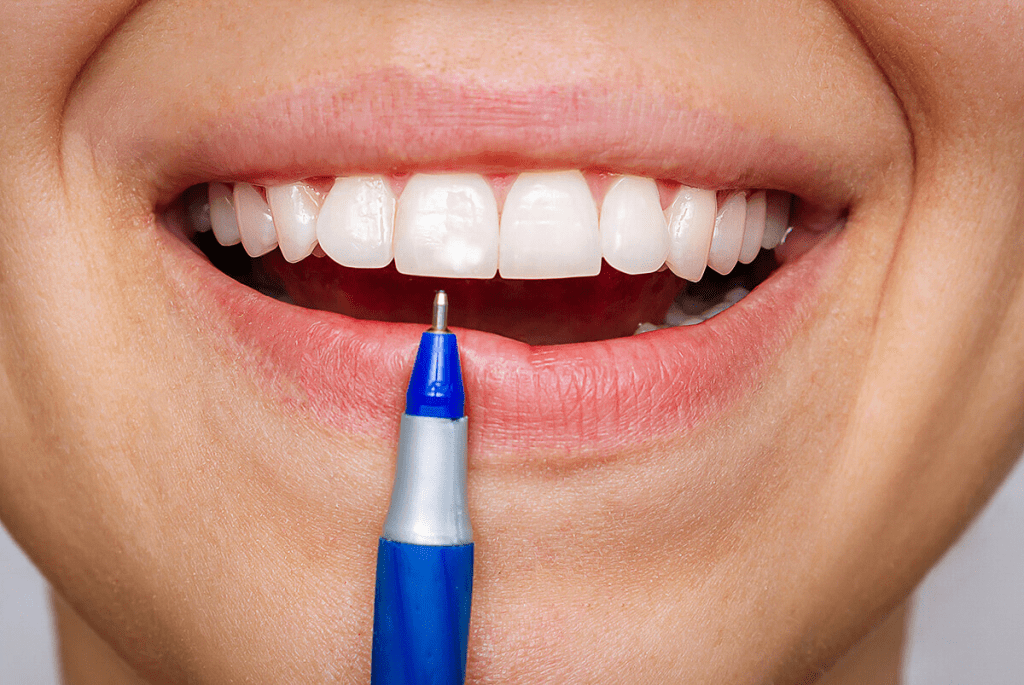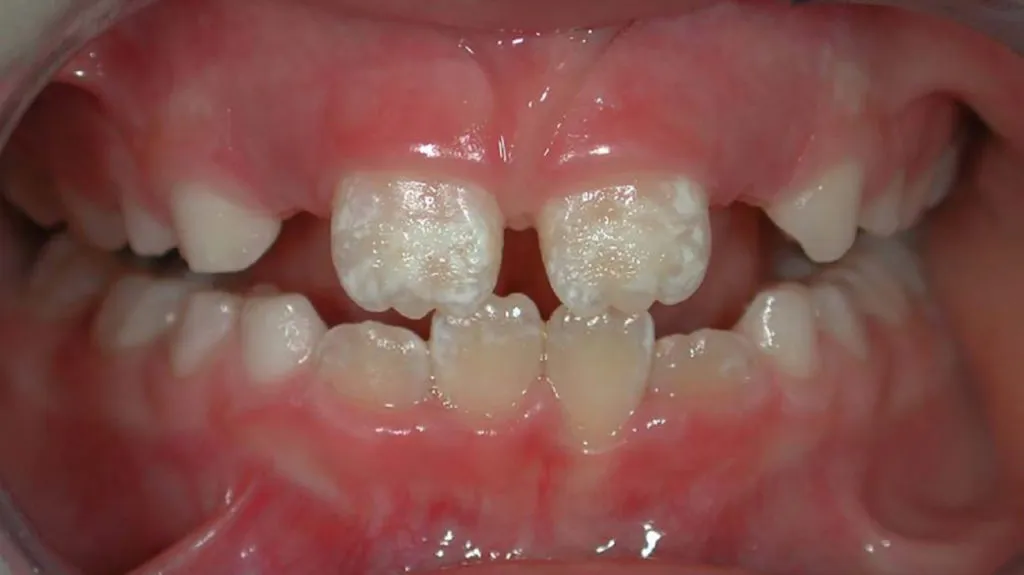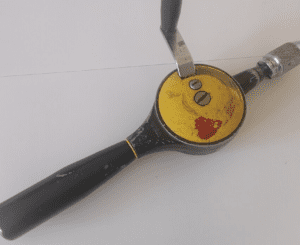White spots on your teeth can be more than just a cosmetic concern. While you might dismiss them as minor imperfections, they can actually signal the early stages of tooth decay. Addressing these white spots promptly can help prevent further damage, allowing you to maintain healthy teeth and avoid more serious dental issues down the line. In this article, we’ll explore the causes of these white spots, how they’re linked to tooth decay, and what you can do to protect your smile.

Understanding White Spots and Their Connection to Tooth Decay
1. The First Sign of Tooth Decay
White spots are often the initial warning sign that your tooth enamel is beginning to weaken. These spots are caused by a process known as demineralization, where essential minerals, like calcium and phosphate, are lost from the enamel. When this happens, your teeth become more vulnerable to decay. If left untreated, these white spots can turn into cavities, leading to pain, infection, and potential tooth loss.
By catching these signs early, you can prevent further damage and maintain your oral health with relatively simple treatments. Ignoring them, on the other hand, can lead to more intensive dental procedures down the line.
2. What Causes White Spots on Teeth?
White spots can appear on your teeth for a variety of reasons, but some of the most common causes include:
- Poor Oral Hygiene: Failing to brush and floss regularly allows plaque to build up on your teeth. This sticky film of bacteria produces acids that can erode enamel, resulting in white spots.
- High Sugar and Acidic Diet: Frequently consuming sugary or acidic foods and beverages can accelerate the demineralization process, making your teeth more susceptible to white spots and decay.
- Fluorosis: Excessive fluoride exposure, often from overuse of fluoride toothpaste or supplements, can lead to a condition called fluorosis. This causes white, chalky patches on the teeth, especially in children during their developmental years.
- Dry Mouth: Saliva plays an essential role in neutralizing acids and keeping your mouth clean. If you have dry mouth, you’re at a higher risk of enamel erosion, which can lead to white spots.
By understanding the root cause of white spots on your teeth, you can take appropriate measures to prevent further enamel damage and maintain a healthier smile.
Other Early Symptoms of Tooth Decay to Watch For
1. Sensitivity to Hot and Cold
If your teeth feel more sensitive when you drink hot coffee or enjoy a cold beverage, it could indicate that decay has begun to penetrate the enamel and is affecting the inner layers of your teeth. This sensitivity can be a sign that the tooth structure is weakening, so don’t ignore it.
2. Surface Changes on the Teeth
You might also notice rough spots or small holes developing on your teeth. These are signs that decay has advanced beyond the enamel and is affecting deeper layers. Catching these changes early on can prevent the need for fillings, crowns, or other invasive dental procedures.
3. Discoloration and Dark Spots
In addition to white spots, you may see brown or black patches on your teeth, which indicate more advanced decay. These stains are often caused by food particles and bacteria accumulating in areas where plaque has built up, leading to enamel erosion.
If you notice any of these signs, it’s a good idea to schedule a dental appointment as soon as possible. Early intervention can save you from more extensive damage and more complex treatments.

How Tooth Decay Progresses: From White Spots to Cavities
1. Formation of Plaque and Tartar
Tooth decay begins with the formation of plaque—a sticky film made up of bacteria and food particles. If you don’t clean your teeth regularly, plaque can harden into tartar, which provides a shield for bacteria. Tartar buildup around the gum line can create an environment where acids thrive, wearing down your enamel over time.
2. Enamel Erosion and Cavity Development
Once the acids produced by plaque and tartar erode the enamel, small holes start to form on the tooth surface. This is the first stage of a cavity. Without treatment, the decay progresses to the dentin layer underneath the enamel, which is more vulnerable to acid attacks. At this point, you may begin to feel sensitivity and discomfort.
3. Damage to the Tooth Pulp
As decay continues, it eventually reaches the pulp, the innermost layer of the tooth that contains nerves and blood vessels. When this happens, the tooth becomes inflamed and painful, often requiring more intensive treatments like root canals to save the tooth. In severe cases, untreated decay can even cause an infection that spreads to the surrounding bone and tissues.

Why You Should Seek Treatment for White Spots Early
1. Prevent More Serious Dental Issues
Addressing white spots and other early signs of tooth decay can help you avoid more significant dental problems, including cavities and gum disease. Treatments like fluoride applications or dental sealants can halt decay and even reverse some early damage, allowing you to protect your teeth before they’re seriously compromised.
2. Save on Costly Dental Procedures
Catching decay in its early stages can also save you from the expense of more intensive dental work. Treating a cavity with a filling is more affordable than undergoing a root canal, crown placement, or extraction. By seeking treatment for white spots as soon as they appear, you can minimize the impact on your wallet.
3. Maintain a Healthy, Confident Smile
White spots, stains, and cavities can affect the appearance of your smile. Treating these issues early allows you to maintain bright, healthy teeth, which can boost your confidence and help you feel more comfortable in social settings. Plus, a healthy smile contributes to your overall well-being and quality of life.

Tips for Preventing White Spots and Tooth Decay
- Brush and Floss Regularly: Use fluoride toothpaste and brush twice a day, especially after consuming sugary or acidic foods. Floss daily to remove food particles from areas your toothbrush can’t reach.
- Limit Sugary and Acidic Foods: Reduce your intake of sugary snacks, sodas, and acidic beverages. Rinse your mouth with water after consuming these items to help neutralize the acids.
- Stay Hydrated: Drink plenty of water throughout the day to promote saliva production. Saliva helps wash away food particles and bacteria, protecting your teeth from decay.
- Use Fluoride Treatments: Ask your dentist about fluoride varnishes or gels that can strengthen enamel and prevent decay. Fluoride mouth rinses can also provide added protection.
- Visit the Dentist Regularly: Schedule routine dental checkups and cleanings to catch and address any early signs of decay. Your dentist can identify issues you may not see at home and offer professional treatments to keep your teeth healthy.
Conclusion: Don’t Ignore White Spots on Your Teeth
White spots on your teeth are often the first sign of enamel erosion and can indicate the early stages of tooth decay. By addressing these spots with a visit to the dentist, you can take proactive steps to protect your teeth and avoid more serious dental issues in the future. With good oral hygiene, regular checkups, and a healthy diet, you can keep your teeth strong and maintain a confident smile for years to come. If you spot changes in your teeth, don’t wait—act now to preserve your dental health.


